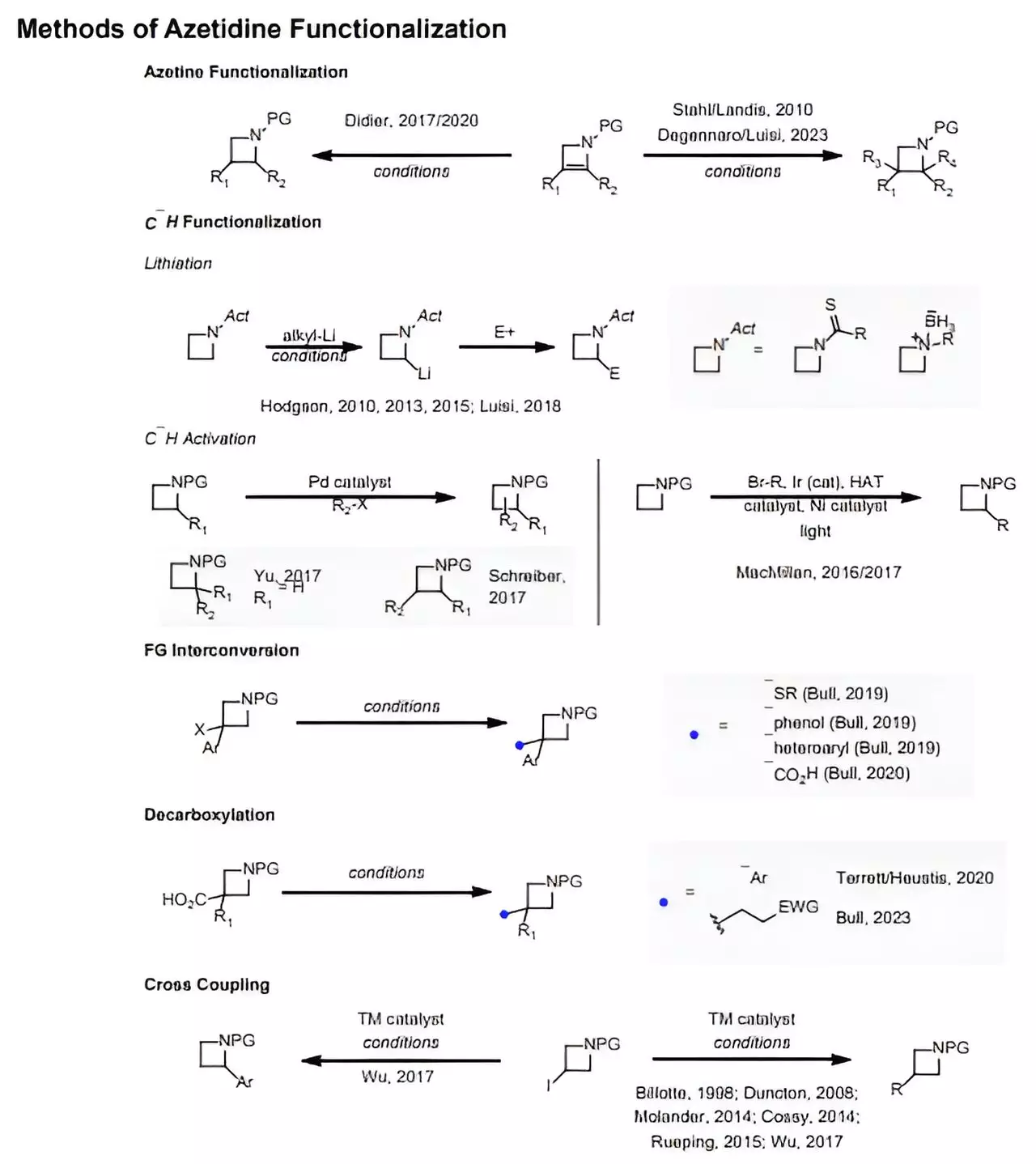Recent advancements from leading researchers at Massachusetts Institute of Technology (MIT) and the University of Michigan have unveiled a groundbreaking method to synthesize azetidines, a class of compounds with immense potential for pharmaceutical applications. Historically overshadowed by more common five-membered nitrogen heterocycles, the four-membered azetidines have been elusive in synthetic chemistry. This discovery could redefine how the pharmaceutical industry approaches drug development, potentially unlocking new avenues for the creation of life-saving medications.
Azetidines, which feature a four-membered ring structure incorporating nitrogen, have rarely surfaced in drug formulations, largely due to the challenges associated with their synthesis. Traditionally, chemists have focused on the five-membered alternatives that are found in many antibiotics and cancer medications. But an innovative photocatalytic reaction, pioneered by researchers Heather Kulik and Corinna Schindler, holds the promise of simplifying the previously arduous and often unpredictable process of azetidine synthesis.
The Role of Photocatalysis
At the heart of this groundbreaking research is a photocatalytic process that enables the excitation of reactant molecules from their ground state, making them more reactive. The driving force behind this method is a specially designed photocatalyst that harnesses light to energize reactants, specifically alkenes and oximes. This approach allows chemists to bypass conventional limitations, pushing the boundaries on what reactions can occur.
In exploring this method, the researchers utilized computational models to predict the compatibility of various combinations of alkenes and oximes in forming azetidine products. Instead of relying on traditional trial-and-error techniques, which can be time-consuming and costly, they crafted a predictive model that assesses the likelihood of successful reactions based on the energy levels of the frontier orbitals of the molecules involved.
A Shift from Randomness to Predictability
One of the significant victories of Kulik and Schindler’s work is the observable transition from a trial-based methodology to a predictive, data-driven approach. Previously, chemists often found themselves experimenting with numerous compounds without a clear understanding of which combinations would yield results. However, the newly developed computational methods allow researchers to predict, quickly and efficiently, which alkene-oxime pairs are most likely to react favorably.
By employing density functional theory, the collaborators evaluated the energy states of frontier orbitals in selected alkenes and oximes. This understanding of molecular energy levels provides crucial insights, indicating which substrates can react effectively under light-driven catalytic conditions. Such predictive capabilities enhance the efficiency of drug discovery processes, allowing pharmaceutical companies to concentrate their efforts on the most promising compounds.
Environmental and Economic Implications
The advancements in azetidine synthesis come not only as a technical achievement but also promise significant economic and environmental benefits. Traditional chemical synthesis often involves multiple steps, generating considerable waste and requiring extensive resources. The ability to streamline reactions through photocatalysis not only holds the potential for reduced costs but also aligns with environmentally sustainable practices in chemistry.
Moreover, the application of this method to synthesize derivatives of existing FDA-approved drugs, such as amoxapine and indomethacin, highlights its relevance in generating novel therapeutic compounds more efficiently. Such innovations in pharmaceutical synthesis could usher in a new wave of drug development that prioritizes both efficacy and sustainability.
The Future of Chemical Research
Kulik and Schindler’s ongoing collaboration promises even more innovations down the line, as they delve into other synthetic possibilities, like the formation of three-membered rings. The implications of their findings stretch far beyond azetidines, sparking interest in further explorations of photocatalytic reactions that could revolutionize drug design.
As the field evolves, the combination of computational modeling and cutting-edge syntheses could significantly alter the landscape of medicinal chemistry. The foresight of these researchers not only enhances our understanding of chemical interactions but also lays a foundation for innovative methodologies that could redefine how the world approaches drug discovery.
With the growing emphasis on utilizing photocatalysis, it is clear that researchers are not merely tweaking existing practices; they are fundamentally transforming the game, challenging preconceived notions and shaping new pathways for the future of pharmacology. The chemistry of today is poised to lead the way for the healthcare breakthroughs of tomorrow, armed with the thrilling potential that these recent advancements bring.

